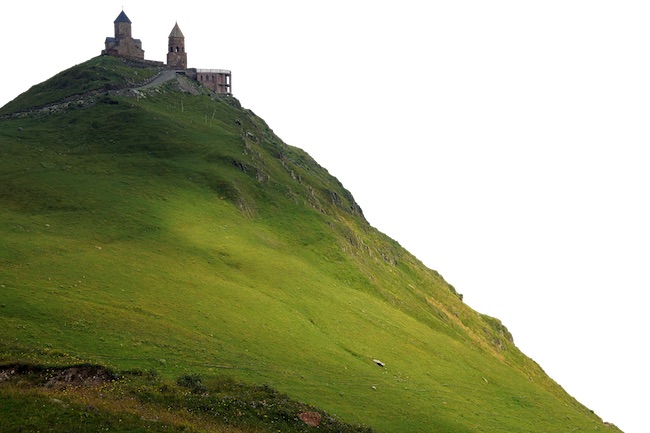What a visit to an observant Benedictine monastery can teach us by PETER KWASNIEWSKI for Life Site News
Visiting a good monastery is always a challenge and a consolation.
There are two important liturgical dates associated with the patron of Western monasticism and co-patron of Europe. The traditional Roman calendar observes his feast on his transitus or passing into eternal life on March 21. The modern Roman calendar observes his feast on July 11, the date of the translation of his relics. Benedictine monks and nuns customarily celebrated both feasts, which even had octaves — the more festivity, the better!
(Speaking of festivity, today, July 7, is the 13th anniversary of Summorum Pontificum, the great Magna Carta of liturgical restoration — definitely worth a Birra Nursia or some other celebratory beverage.)
The first time I read the Rule of St. Benedict as a young adult, I found it stiff and dry. In reality, I was not yet ready for the purity and depth of its wisdom. Many years passed before I read it again — and this time, my reaction was quite different. The Prologue in and of itself struck me as one of the most profound summaries of the Christian spiritual life I had ever seen; the chapters on humility, the instruments of good works, the manner of praying the office made me realize that I was standing in the presence of a lawgiver like Moses, to whom indeed the traditional liturgy compares the Holy Patriarch. The notable fact that Christian Europe, the heart of Christendom, was constructed primarily by Benedictines ceased to surprise me.
Although I had known or seen Benedictines before, it wasn’t until my visits to the monastery of Norcia that I felt as if I had encountered monks who truly lived by the spirit and letter of the Rule. Their enthusiasm for divine worship (the opus Dei or “work of God”), their quiet joy, and their example of fraternity drew me back again and again. Visits to the monasteries of Le Barroux, Silverstream, and Clear Creek only increased my love for Benedictine monasticism. After praying about it, I decided to become a Benedictine oblate of Norcia, where I made my final oblation on May 22, 2014, the feast of St. Rita of nearby Cascia.




